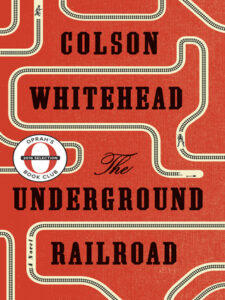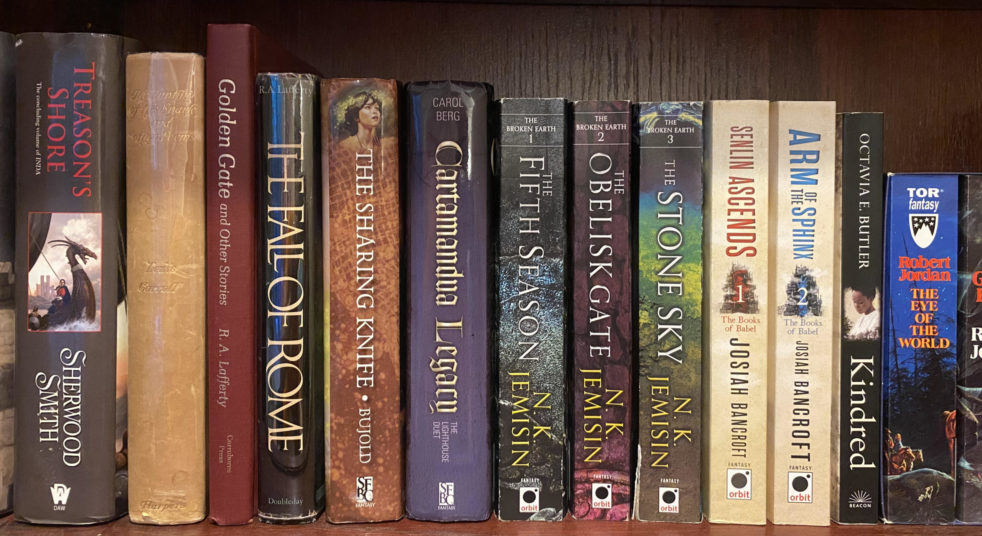
Colson Whitehead’s acclaimed The Underground Railroad has been on my TBR for quite some time, and when it got picked up by one of my book clubs, I was excited to finally give it a try.
Anyone who’s the least bit familiar with the book will probably know the central conceit: the historical Underground Railroad that aided slaves escaping the American South involves literal subterranean trains. And yet, I still didn’t really know what to expect. I had mentally grouped it with tense, personal, speculative stories like Octavia Butler’s Kindred and Tananarive Due’s The Reformatory (both all-time greats in my eyes), but while The Underground Railroad is plenty harrowing at times, it’s less interested in depth of characterization and more interested in a series of alternate histories.
The Underground Railroad is made up mostly of five sections named after the geographical settings, interspersed with shorter chapters narrating the backstories of secondary characters. But these character interludes are not of the “each chapter could be its own standalone short story” style that one may expect in a mosaic novel. Instead, they’re relatively archetypical accountings of the sorts of people you meet in a slave narrative: two who tried to escape, one who didn’t, and a trio of oppressors who run the gamut from well-meaning to ambivalent to outright cruel. They serve the narrative well, but they’re more interesting than they are gripping.
In the longer sections, the main perspective character stays constant: a Georgia slave seeking to escape to the North and safety. The bulk of the first segment is taken with detailing plantation life, and by and large, it’s about what one would expect. However, there are little details—like the exclusive use of livestock terminology instead of any hint of humanization from the people in power—that presage the “bundle of alternate histories” shape of the full novel.
In no other setting do people talk about those of African descent quite like they do in Georgia. But every setting has its own response to the slavery question, and it quickly becomes clear that every setting has its own form of oppression. Each section provides a deep dive into pieces of true history taken as models for an entire society. We see paternalistic uplift projects, Irish slavery, literal scorched earth, and free Black communities whose very existence seems a threat to those around them.
Each of these segments have some sort of danger that provides an urgency to the plot, but the plot never feels like the true focus. Instead, The Underground Railroad is an exploration of disparate attitudes writ large. Its power comes not in the way it hammers home the horrors that befall the lead, but rather in the way it offers striking portraits of the various ways that dehumanization manifests even outside the state that treats slaves as livestock.
I tend to prefer books that immerse me a little bit more in the minds of the characters, but if you’re looking for a novel constituted by a series of linked thought experiments, The Underground Railroad is a great place to start. It’s rarely a page-turner, but it’s always interesting.
Recommended if you like: thoughtful imagination of alternate societies, antiracist themes.
Can I use it for Bingo? It’s written by an Author of Color and fits any number of Recycled squares.
Overall rating: 16 of Tar Vol’s 20. Four stars on Goodreads.
